Bike hubs
hubs Fixes, Reviews & Guides
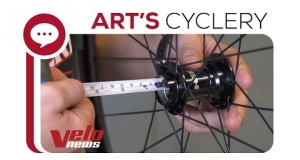
Measuring Hub Bearing Replacements
To find hub replacement bearings, start by looking at the old hub bearings. Use the numbers printed on the seal to source your replacement. Find another bearing with the same numbers. Just make...

How to Overhaul Cup and Cone Hub Bearings on Bike Wheels
Overhauling and Adjusting Cup and Cone Hubs:
Many wheels run on sealed bearing hubs these days, but there are many good cup and cone hubs worth maintaining.
A cone wrench and a...
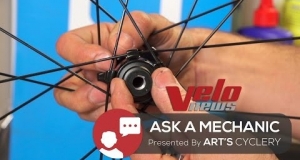
Adjust Shimano Dura Ace 9000 Hubs & Typical Cone or Cup Bicycle Hubs
Adjust Shimano Dura Ace 9000 Hubs:
Before getting specifically into Shimano Dura Ace Hubs, it is important to understand how to adjust a typical cup or cone hub. With this hub, you have a...
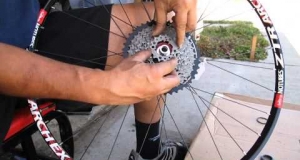
Install Wolf Tooth Components' 42 Tooth Giant Cog
We're going to install the 42 tooth giant cog from Wolf Tooth Components. The cog in this video is for a Shimano cassette. We're going to replace the 17 tooth cog and spacer from the cassette and...
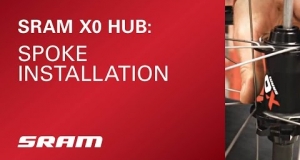
Installing Spokes on a SRAM XO HUB
This video will show you a method for loading spokes on to SRAM XO hubs when you are building wheels.
XO hubs have a unique flange shaped design, which yields a much stronger and robust...
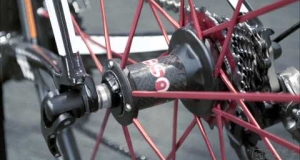
Fulcrum Racing Zero Clincher Road Bicycle Wheelset Review
Fulcrum wheels have been used to win championships all over the world, and Fulcrum has been working with the top racing teams to make their wheels lighter, stiffer, faster, and smoother.
...
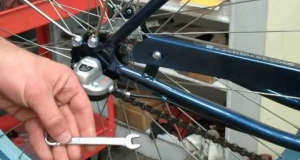
How to Adjust a Shimano Nexus Internal 3 Speed Hub
Today, we’re going to work on internal multi speed hubs. This is the Shimano shifter. It is the Nexus model, which is written on the body. Another way to tell that this is Shimano is that the...
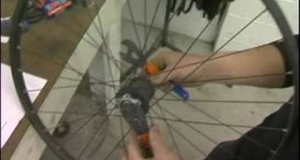
Adjust A Bike Hub DIY
We've shown you how to replace an entire hub assembly that goes bad in your bicycle tire but there may come a time when little adjustment is all that's needed. One common mantra among bicycle...
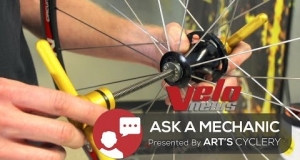
Bicycle Wheel Cartridge Bearing Maintenance
Ian wants to know: the bearings in my Roval wheel feel rough when I spin them around. How do I replace the bearings or overhaul my hub?
The quick way to overhaul cartridge bearings is...
Shimano Component Groups for Mountain Bikes: A Comprehensive Overview
Just in case you mtb-ers thought I forgot about you, think again.
Here’s a look at all the component groups for mountain bikes that Shimano has out, starting from the bottom up.
...
Shimano Components Groups for Road Bikes: A Comprehensive Overview
Shimano is a major components company. That said, there are TONS (and I seriously mean TONS) of different options that you can choose from when you buy a component group from this maker.
...

How to Overhaul Your Wheel Hub's Bearings
Watching these YouTube videos, I am pleasantly surprised when someone can make a bike tutorial funny. Why I was pissing myself laughing at this particular video had to do probably with the deadpan...
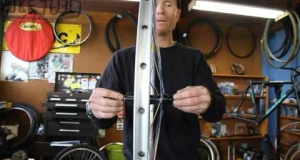
How to Dish a Bike Wheel
In this vid Mike shows how to use a dishing wheel to make sure your bicycle wheel is properly dished.
A typical dishing tool is simply a gauge that allows you to set the distance from the...

Lacing a Rear 32 Spoke Wheel | How to Build a Bicycle Wheel
In this tutorial we show you how to lace the drive side spokes of a rear bicycle wheel. It's important to remember that on the rear wheel the drive side spokes are slightly shorter than the non-...
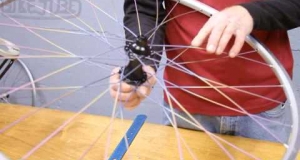
Lacing Non-Drive Side 32 Spoke Rear Wheel | How to Build a Bicycle Wheel
Mike finishes up lacing the 32 spoke rear wheel by lacing the non-drive side spokes. Note the parallel spokes that connect on each side of the valve hole. By now you might need to use a spoke...

Build a Bicycle Wheel: How to Spoke Prep
A vital step in bicycle wheel building is prepping the spokes with some kind of spoke prep.
There are two reasons to prep spokes:

How to Build a Rear bicycle wheel (700c, 32 spoke), Calculating Spoke Length
In this wheel building tutorial we build a 32 spoke rear 700C rear road wheel.
In this first video we will determine the spokes length we need to build the wheel. First select your hub and...
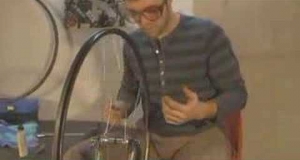
Part 3.1 | Truing the 36 Spoke Bicycle Wheel
Putting the finishing touches on the wheel.
First:Now the spokes are beginning to tighten up nicely and the kinks in the wheel are becoming gradually smaller. Continue to...
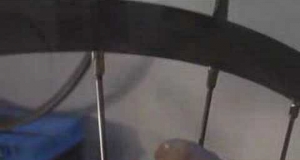
Part 3 | Wheel Build 36 Spoke Truing a Wheel
....without a truing stand.
We wanted everybody to be able to build a wheel without buying an expensive truing stand, so just use the front fork. This video shows the process of truing....
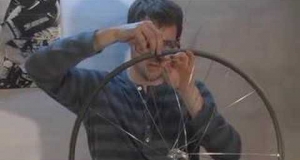
Part 2.1: 36 Spoke Bicycle Wheel Build, Lacing the Spokes
Lacing the last 18 spokes to complete the lacing of this 36 spoke wheel!
First:Take the next set of spokes and drop them through the remaining holes from the outside of the...
















